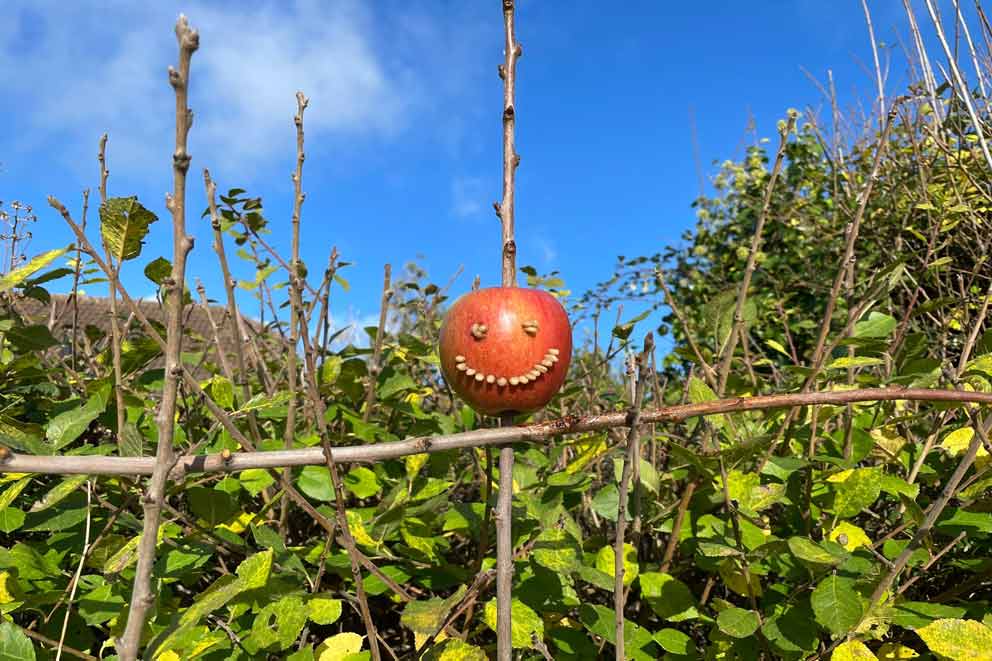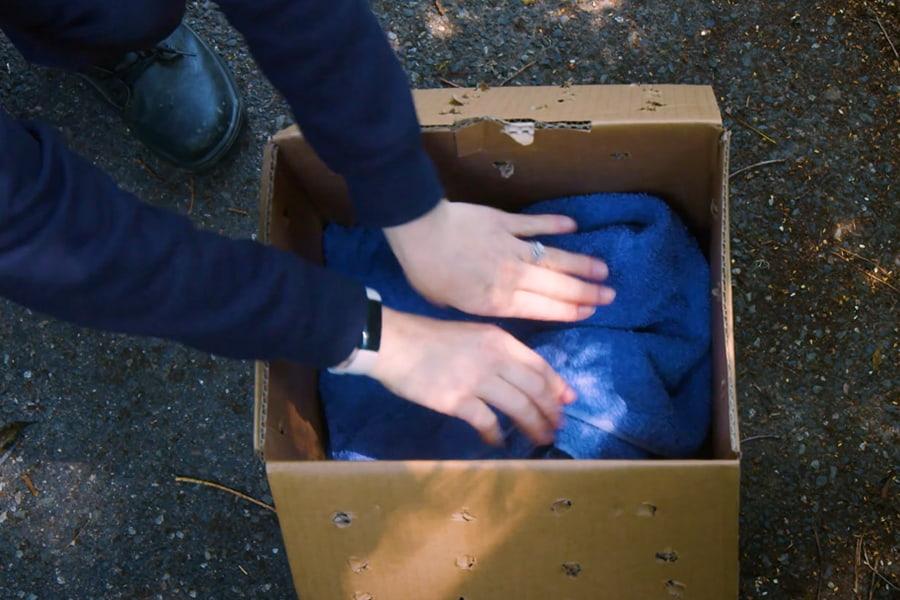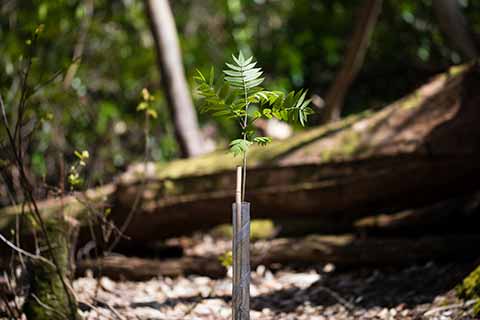- Find a Pet
- Advice and Welfare
- Ways to Give
- Get Involved
- What We Do
- Search
- My RSPCA
- Report a concern
- Sponsor
-
Colour modeVivid Calm
How to make a dead hedge
Learn how to make a wildlife-friendly hedge, useful for both gardeners and wild animals alike.
Find out how recycling garden cuttings to make a traditional dead hedge structure provides a shelter for wildlife, while helping gardeners keep their outdoor space tidy.
- Suitable for: Adults, and children with their adults!
- Season: All year round

Martyn Wilson, designer of The RSPCA Garden for the RHS Chelsea Flower Show 2023, explains how beneficial a dead hedge is for a garden, and the creatures that visit it.
"We're often told that leaving piles of wood, stones or garden cuttings around is good for wildlife. And it's true that wild areas like these make great habitats. But what if, like me, you prefer your garden a bit tidier?
A dead hedge is the perfect compromise. Made from upright stakes of wood and filled with horizontal prunings, it adds structure to your garden and becomes a feature in itself. They’re a clever way to divide your garden or hide things like compost bins. Plus, it recycles pruning matter that's too hard to compost, so you don't have to burn it or throw it away.
Contrary to its name, it'll soon be teeming with life, providing habitats for many species of wildlife."
In The RSPCA Garden, the dead hedges sit inside bench-like open structures made from rust-effect, weathered steel – we've even included hedgehog boxes in the bottom of ours!

Found a stuck or injured animal?
If you spot an animal that appears to be trapped, sick or injured, report your concern to us, and we’ll do what we can to help.
Make your dead hedge
Instructions
- 1 Choose where you'd like to put your hedge, and how long you want it to be. Dead hedges make great windbreakers around vegetable patches, flower beds or seating areas.
- 2 Mark out the area with string. The hedge should be around 50cm wide.
- 3 Add at least three stakes at regular intervals (around 50cm apart) on each side of the hedge. If they're offset they'll help keep more material in place. Once you're happy with the design, use the mallet to knock the stakes firmly into the ground. This is now the frame that will hold all your garden prunings and fill up to become your ‘hedge’.
- 4 Put some longer, thicker branches and sticks in first, to create a stronger structure. Use your loppers or secateurs to cut them to the right length and place them inside.
-
5
Add in any woody cuttings you have over time. As they rot down, they'll add nutrients to the soil below. Keep topping up your hedge – but try not to disturb it.
What you'll need
At least 6 sturdy stakes (30cm or so taller than you'd like the hedge to be)
A mallet
Garden string to mark out the plot
Strong secateurs (garden clippers) or loppers
Please enter a valid video URL.
The URL can point to any Facebook, Twitch, Vimeo or Youtube video.
Watch our dead hedge building video.
Birds, insects, reptiles, invertebrates, amphibians and small mammals will soon move in to make it their home or forage for food.

volunteer
Become a Wildlife Friend
Sign up as a volunteer to take action for wildlife in your local area, share RSPCA advice online and help us campaign for a better future for all kinds.



